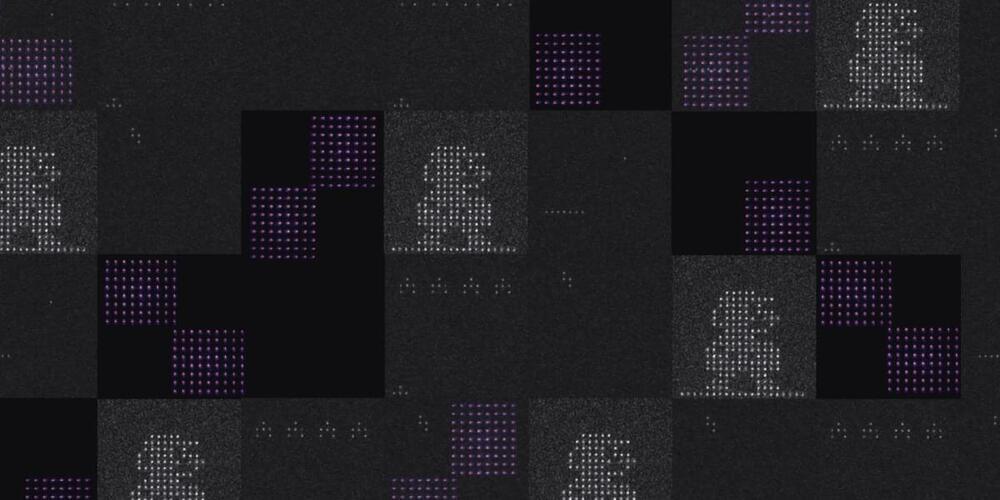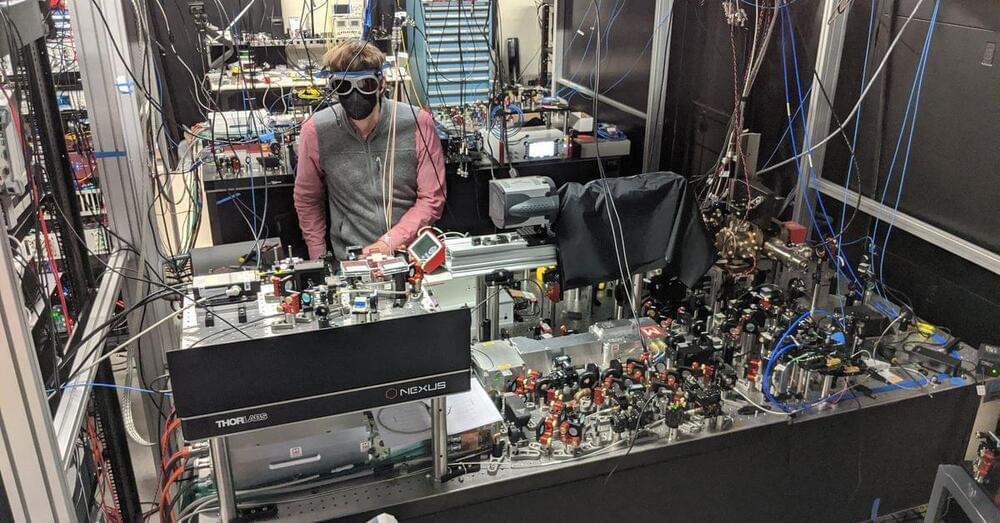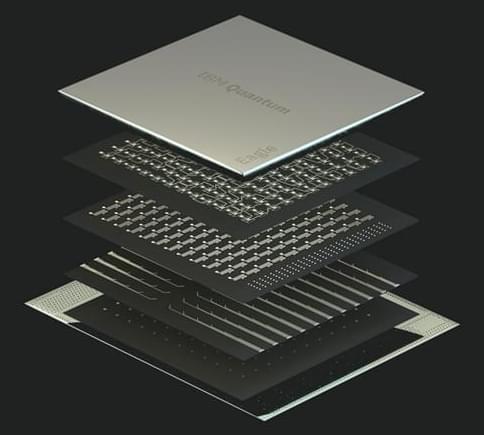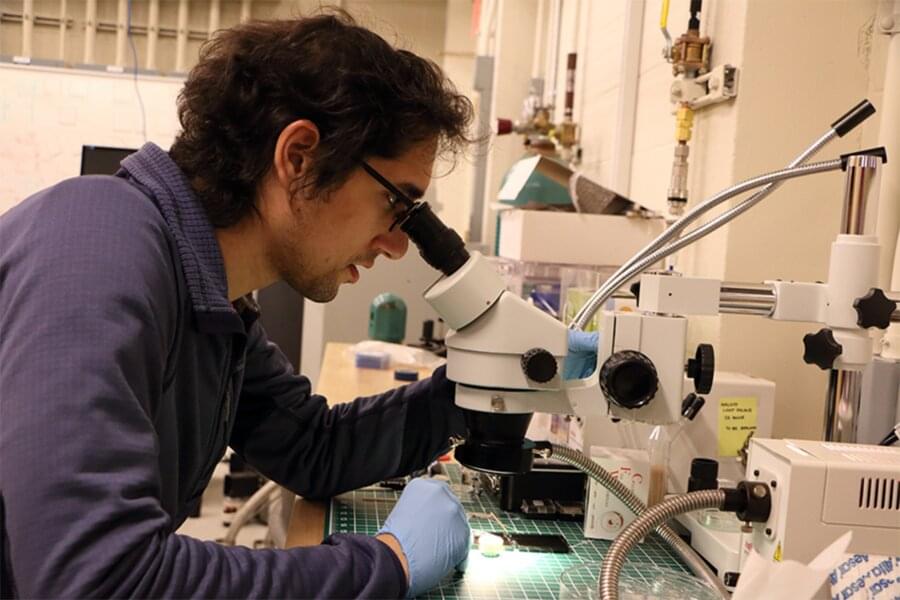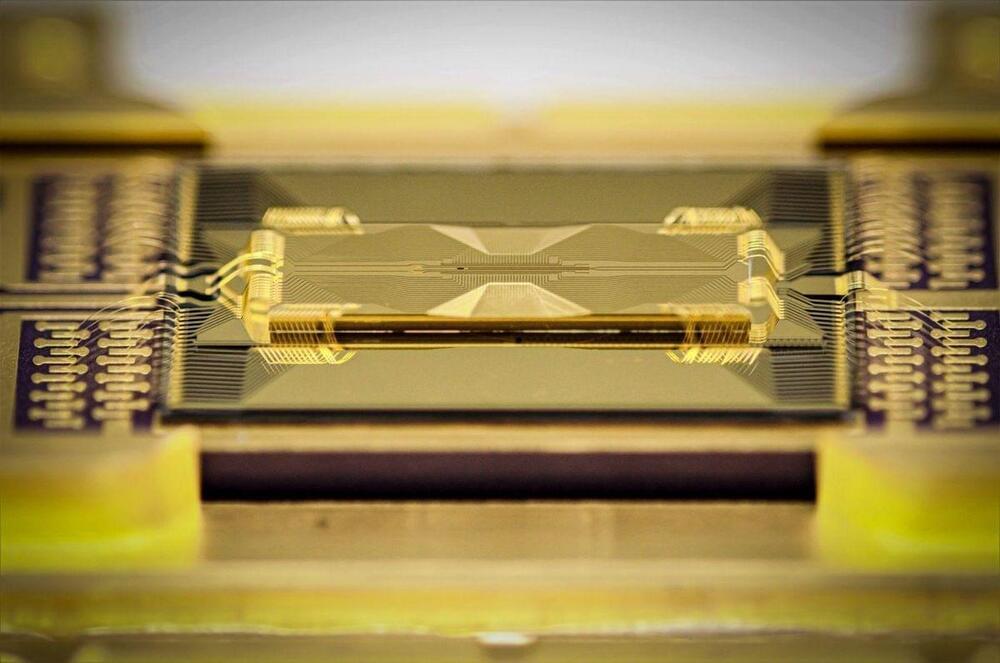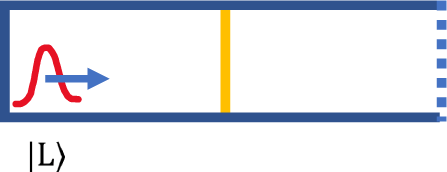Fundamental Research On Ethical & Trustworthy Artificial Intelligence, For Health, Environment, And A Sustainable Future — Dr. Patrick van der Smagt, Ph.D., Director, ArtificiaI Intelligence Research, Volkswagen.
Dr. Patrick van der Smagt is Director of ArtificiaI Intelligence Research, Volkswagen AG, and Head of Argmax. AI (https://argmax.ai/), the Volkswagen Group Machine Learning Research Lab, in Munich, focusing on a range of research domains, including probabilistic deep learning for time series modelling, optimal control, reinforcement learning robotics, and quantum machine learning.
Dr. van der Smagt is also a research professor in the Computer Science faculty at Eötvös Loránd University in Budapest.
Dr. van der Smagt previously directed a lab as professor for machine learning and biomimetic robotics at the Technical University of Munich while leading the machine learning group at the research institute fortiss, and before that, founded and headed the Assistive Robotics and Bionics Lab at DLR, the German Aerospace Center.
Besides publishing numerous papers and patents on machine learning, robotics, and motor control, Dr. van der Smagt has won a number of awards, including the 2013 Helmholtz-Association Erwin Schrödinger Award, the 2014 King-Sun Fu Memorial Award, the 2013 Harvard Medical School/MGH Martin Research Prize, the 2018 Webit Best Implementation of AI Award, and best-paper awards at various machine learning and robotics conferences and journals.
